Answers to the most frequently asked questions on verification.
What is third-party verification of a carbon footprint?
Third-party verification involves an independent assessment of a company's or organization's reported carbon footprint by an accredited verification body.
It ensures accuracy and credibility of the reported data.
Why is third-party verification important for carbon footprints?
Third-party verification adds credibility to carbon footprint reports by ensuring accuracy, transparency, and adherence to established standards or protocols. It enhances trust among stakeholders, including investors, consumers, and regulators.
Who conducts third-party verification?
Accredited verification bodies, often certified by organizations like the International Organization for Standardization (ISO) or the Greenhouse Gas Protocol, conduct third-party verification. These bodies have the expertise to assess and validate carbon footprint data impartially.
What standards or protocols are typically used for third-party verification?
Commonly used standards or protocols for third-party verification include ISO 14064 (for greenhouse gas emissions), the Greenhouse Gas Protocol, and sector-specific standards like PAS 2050 (for product life cycle assessments).
What are the benefits of third-party verification?
Third-party verification provides assurance of data accuracy, enhances credibility and trust, facilitates benchmarking and comparison, supports compliance with regulations, and fosters continuous improvement in carbon management practices.
How often should third-party verification be conducted?
The frequency of third-party verification depends on factors such as regulatory requirements, industry standards, and organizational goals. Generally, verification is conducted annually or biennially to ensure ongoing accuracy and improvement.
Does third-party verification guarantee carbon neutrality?
Third-party verification verifies the accuracy of reported carbon footprint data but does not inherently guarantee carbon neutrality. Achieving carbon neutrality requires offsetting remaining emissions through credible carbon offset projects.
How much does third-party verification cost?
The cost of third-party verification varies depending on factors such as the size and complexity of the organization, the scope of the assessment, and the chosen verification body. Costs may include initial assessment fees and ongoing monitoring expenses.
What documentation is required for third-party verification?
Documentation typically includes detailed records of greenhouse gas emissions sources, calculation methodologies, data sources, and any mitigation or reduction efforts.
How long does the third-party verification process take?
The duration of the verification process depends on factors such as the complexity of the organization's operations, the scope of the assessment, and the responsiveness of the organization in providing required documentation. It can range from a few weeks to several months.
What happens if discrepancies are found during verification?
If discrepancies are found, the verification body works with the organization to resolve them. This may involve revising calculations, clarifying data sources, or conducting additional assessments.
Does third-party verification cover indirect emissions?
Yes, third-party verification typically covers both direct (Scope 1) and indirect (Scope 2 and Scope 3) emissions, providing a comprehensive assessment of an organization's carbon footprint.
Can third-party verification help identify opportunities for emissions reductions?
Yes, third-party verification can help identify areas of inefficiency or high emissions intensity, enabling organizations to prioritize and implement strategies for emissions reductions and cost savings.
Is third-party verification required by law?
In some jurisdictions or industries, third-party verification of carbon footprints may be required by law or regulation. Even where not mandatory, it's often considered best practice for organizations committed to sustainability and transparency.
(UK Gov guidance)
Can small businesses afford third-party verification?
Third-party verification costs vary depending on the size and complexity of the organization. Some verification bodies offer scaled pricing or assistance programs for smaller businesses to make verification more accessible.
Is third-party verification only for businesses?
No, third-party verification can be conducted for various entities, including businesses, government agencies, non-profit organizations, and even individuals, to assess and validate their carbon footprints.
Does third-party verification consider carbon offsets?
Third-party verification may verify the use of carbon offsets as part of a carbon management strategy. It ensures that offsets are credible, transparent, and effectively contribute to emissions reduction efforts.
How can organizations prepare for third-party verification?
Organizations can prepare for verification by maintaining accurate emissions data, documenting calculation methodologies, engaging stakeholders, and ensuring transparency and accessibility of relevant information.
Does third-party verification provide a certification or label?
Third-party verification typically results in a verification statement or report that confirms the accuracy of the organization's reported carbon footprint. While it doesn't provide a certification or label, it enhances credibility and trust in the organization's sustainability efforts.
Can organizations choose the scope of third-party verification?
Yes, organizations can work with verification bodies to define the scope of verification based on their specific needs, including the inclusion of different emission sources and geographical boundaries.
Does third-party verification assess the effectiveness of carbon reduction strategies?
While third-party verification primarily focuses on verifying reported emissions data, it may also evaluate the effectiveness of carbon reduction strategies as part of the overall assessment process.
Can organizations use the same verification body every year?
Organizations can choose to work with the same verification body for multiple verification cycles, but it's essential to periodically review and ensure the continued impartiality and competence of the chosen body.
What happens after third-party verification is completed?
After verification, organizations typically receive a verification statement or report confirming the accuracy of their reported carbon footprint. They may use this report for internal management, stakeholder communication, or compliance purposes.
Can third-party verification help organizations access green financing?
Yes, third-party verification of carbon footprints can enhance organizations' credibility and transparency, potentially improving their eligibility for green financing options or investments from environmentally conscious stakeholders.
What is the role of stakeholders in third-party verification?
Stakeholders may provide input or feedback during the verification process, especially regarding the relevance and accuracy of reported data. Engaging stakeholders can enhance the credibility and acceptance of verification outcomes.
How does third-party verification address data privacy concerns?
Verification bodies adhere to strict confidentiality and data privacy standards to ensure the protection of sensitive information provided by organizations during the verification process.
Does third-party verification cover all greenhouse gases?
Third-party verification typically covers major greenhouse gases like carbon dioxide (CO2), methane (CH4), and nitrous oxide (N2O), but the scope may vary depending on organizational priorities and reporting requirements.
Can organizations conduct internal verification before third-party verification?
Yes, organizations can conduct internal verification or self-assessment processes to identify and address potential issues before engaging in third-party verification. Internal verification can help streamline the external verification process.
Does third-party verification consider emissions associated with supply chains?
Yes, third-party verification may include the assessment of supply chain emissions (Scope 3) if they are material to the organization's overall carbon footprint. This ensures a comprehensive evaluation of emissions across the value chain.




